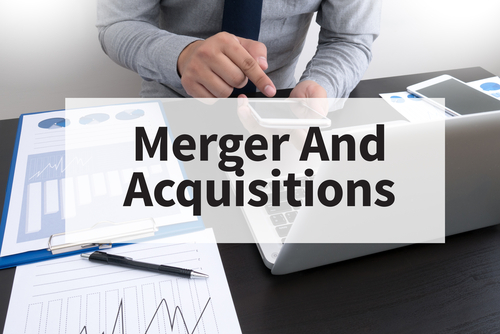 Purchase acquisition accounting is the commonly accepted method to document the acquisition of another business on the balance sheet of the acquiring company. The business’ assets that are being acquired are documented on the acquiring firm’s books at fair market value. The fair market value – defined as what assets would go for on the open market between a buyer and seller on the acquisition date – would increase the overall value of the acquiring company.
Purchase acquisition accounting is the commonly accepted method to document the acquisition of another business on the balance sheet of the acquiring company. The business’ assets that are being acquired are documented on the acquiring firm’s books at fair market value. The fair market value – defined as what assets would go for on the open market between a buyer and seller on the acquisition date – would increase the overall value of the acquiring company.
The purchase accounting adjustment re-assesses the acquired business’ liabilities and assets to fair value. Required under GAAP and IFRS, re-assessed items include intangibles, inventories and fixed assets. Adding intangible assets, like non-compete agreements or customer rosters, to the acquiring company’s books will impact how assets and liabilities are valued because these items were not originally accounted for by the acquired company.
Potential accounting outcomes from an acquisition include depreciation and inventory considerations. Depreciation strategies, such as going beyond straight-line depreciation, will need to be examined and strategically implemented because fixed assets with higher valuations will have accounting implications. For inventory that is re-assessed with higher valuations, the cost of goods sold will increase upon sales for the acquiring company.
Looking forward, the purchase accounting adjustments often affect the business taking ownership of recognizable non-cash expenses. The company buying the other company out can see major losses from these recognizable non-cash expenses prior to the business completing amortization of the underlying intangible assets. Companies, chiefly publicly traded ones, are encouraged to discuss the losses in financial documents to illustrate their impact on forward guidance.
According to ASC 805 and GAAP, in order to be considered a business combination, certain criteria must be met. According to the CPA Journal, businesses must evaluate if the transaction in question meets the distinctions between acquiring another business versus acquiring assets only. It’s important to distinguish between the two because if an asset acquisition occurs, the transaction is processed via a cost accumulation standard. However, if the transaction in question qualifies as a business acquisition, meeting ASC 805 criteria, it uses a fair value standard.
The primary way to determine in which category a transaction may be classified is to see if it fits the business definition. Based upon FASB’s January 217 Accounting Standards Update (ASU) 2017-01, Clarifying the Definition of a Business, the following explanation is provided.
According to FASB, to be considered a business for this business acquisition accounting purpose, a company is defined as a group or collection of tasks that encompass “an input and a substantive process.” Though it’s important to note that the fair value of the collection is not centralized in one or multiple assets. The inputs and processes generally result in services and/or goods to buyers and repayment to stakeholders. It also may apply to companies that don’t presently produce outputs.
When it comes to a business acquisition, having accountants that understand the intricacies of navigating the process is essential for a business to emerge more streamlined after integrating assets.


